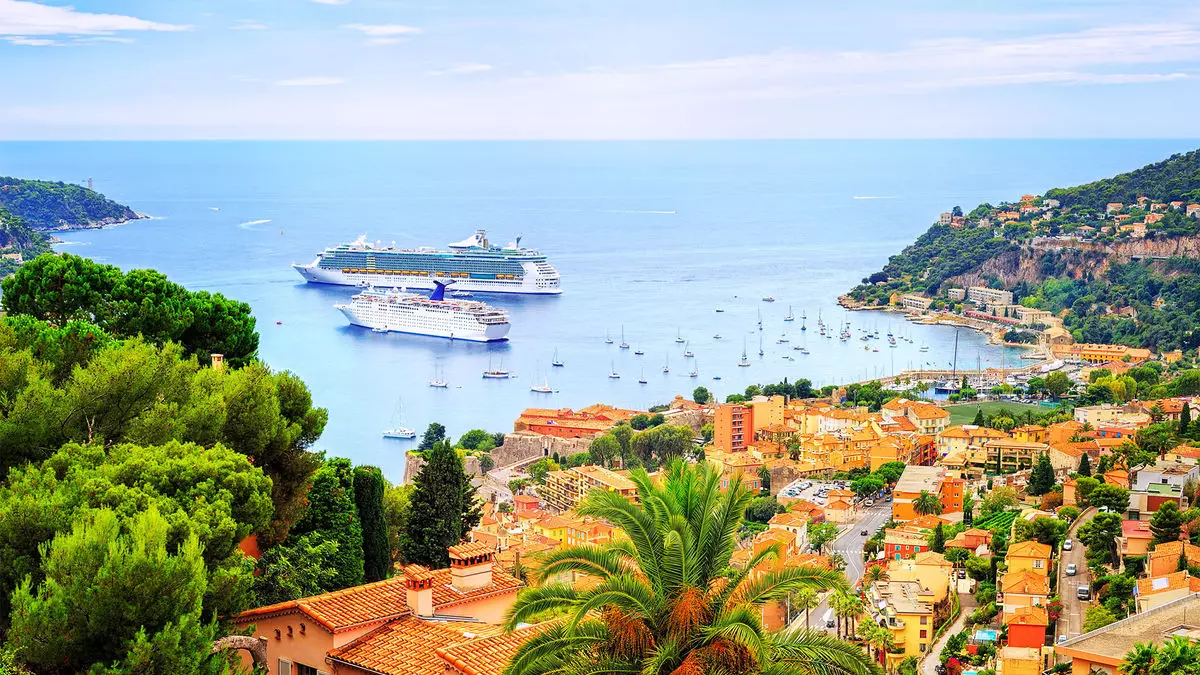The picturesque shores of the Nice-Côte d’Azur region in France are undergoing significant changes in how they cater to tourists, particularly those arriving via cruise ships. Starting July 1, a new decree enacted by Nice Mayor Christian Estrosi will prohibit the disembarkation of cruise ships carrying more than 900 passengers in both Nice and Villefranche-sur-Mer. The aim of this policy is to combat the growing threat of overtourism while advocating for a more selective approach to tourism that preserves local culture and environment.
Overtourism has been a pressing issue in numerous high-traffic destinations around the world. In response to the surge in visitors overwhelming local capabilities, cities like Venice, Barcelona, and Santorini have begun to take proactive measures to manage tourist numbers, often at the expense of the cruise industry’s growth. Nice’s initiative aims to maintain a balanced tourist influx, limiting potential negative impacts on public services, local businesses, and the community’s quality of life. The decision reflects an increasing awareness among tourists and city officials regarding sustainable tourism practices.
Although the decree may appear as a direct ban, the mayor’s authority is limited to preventing larger vessels from allowing passengers to disembark for excursions in the region. This shift underscores a critical juncture for the cruise industry in the area. A significant number of scheduled port calls in Villefranche-sur-Mer for 2025 will primarily involve larger ships, making the impact of this policy noteworthy. It has been pointed out that, while Nice welcomes ships with fewer than 900 passengers, the majority of the scheduled visits included in the current year’s plan focus on those that exceed this limit.
Furthermore, the introduction of shore power facilities suggests a future-oriented approach to environmental concerns. Allowing ships to switch off their engines while docked will help reduce air pollution, thus enhancing the region’s commitment to eco-friendly tourism practices.
The Cruise Lines International Association (CLIA) has expressed surprise at the decree, suggesting that it could have adverse effects on local businesses and the overall experience for visitors eager to enjoy the splendours of Nice. They argue that the limits stigmatize the cruise sector and do little to encourage sustainable tourism. This contention highlights the clash between tourism management policies and the interests of local economic stakeholders.
The conversation surrounding the decree also invites broader discussions about how to maintain the allure of popular destinations while ensuring that they remain sustainable. The hospitality industry must adapt to these evolving restrictions, and cruise operators will likely need to adjust their offerings to comply with such changes while still aiming to draw tourists to the alluring charms of the Côte d’Azur.
As the Nice-Côte d’Azur region navigates the complexities of tourist management and environmental responsibility, it finds itself at a crossroads that requires thoughtful consideration and collaboration between local authorities, the tourism sector, and visitors alike. The current measures reflect a growing trend in popular destinations striving for balance, highlighting the need for innovative solutions that safeguard both local interests and the vibrancy of the tourism industry.

